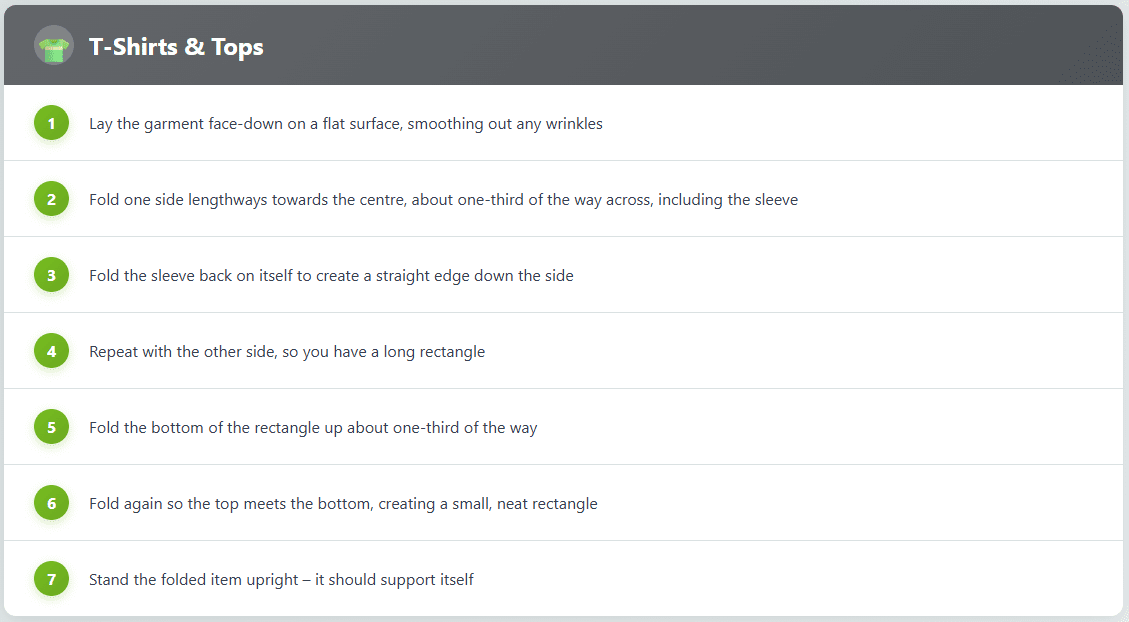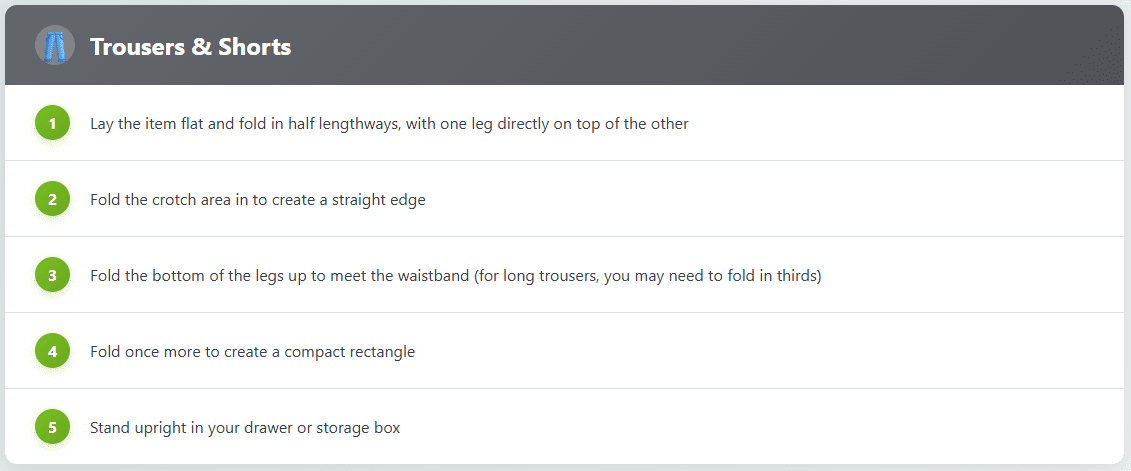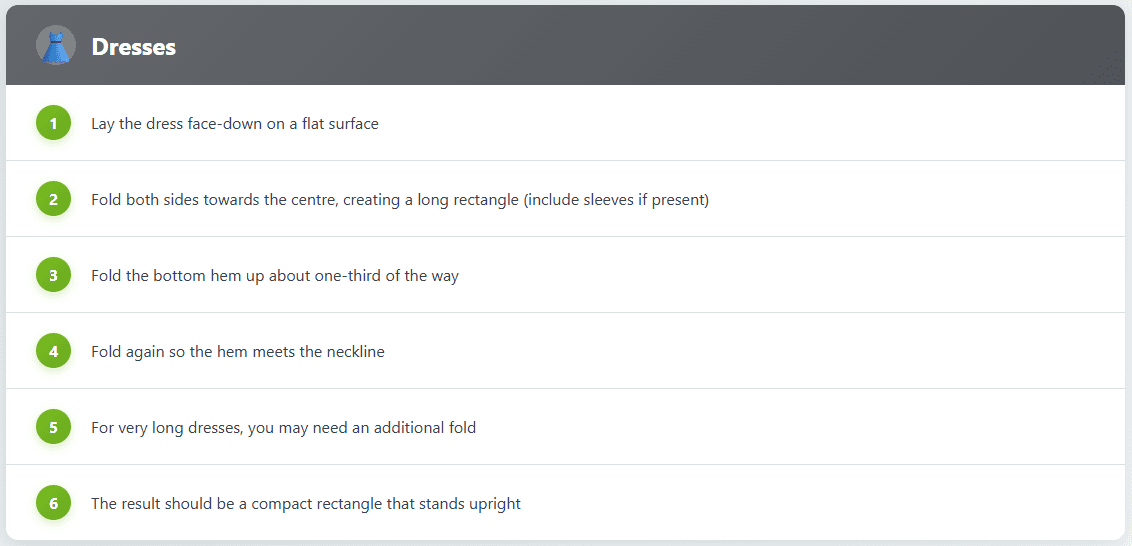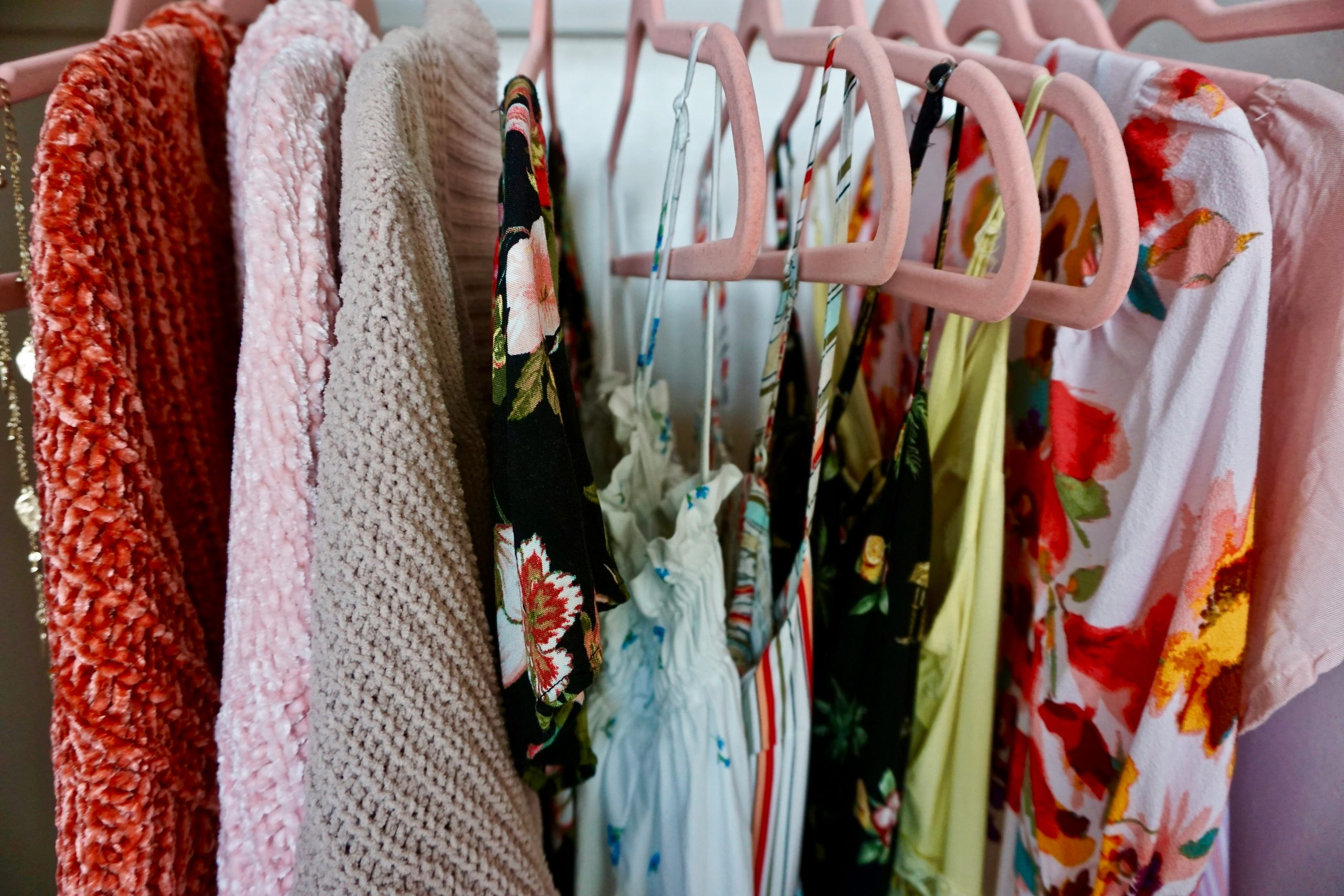As the leaves turn golden and the temperature drops, October marks the perfect time to transition your wardrobe from summer to autumn. For many UK households, this seasonal switch presents an opportunity not just to reorganise, but to properly store summer clothing in a way that protects your investment and maximises your available space. Whether you’re managing a compact London flat or a larger home, understanding how to store summer clothes effectively can transform your wardrobe management and ensure your favourite pieces remain in pristine condition for next year.
The challenge many people face isn’t simply finding space – it’s knowing how to store clothing properly so it doesn’t deteriorate, lose its shape, or fall victim to moths and dampness during the months it’s tucked away. Summer wardrobes often include delicate fabrics, vibrant colours, and specialist items that require careful storage. From linen dresses and cotton shirts to swimwear and wetsuits, each item benefits from proper preparation and storage techniques.
In this comprehensive guide, we’ll explore the best practices for storing summer clothes in the UK, introduce space-saving folding methods, and explain why October is the ideal month to make the switch. Whether you’re storing items at home or considering professional wardrobe storage solutions, you’ll find practical advice to keep your summer wardrobe fresh and ready for next season.
Why October is the perfect time for the wardrobe switch
October sits at that transitional point in the UK calendar where summer has definitively ended but winter hasn’t yet arrived in full force. This makes it the ideal month to tackle your wardrobe changeover. The weather has cooled sufficiently that you’re no longer reaching for summer dresses, shorts, or lightweight linen shirts, yet you’re not dealing with the depths of winter when the task feels overwhelming.
From a practical perspective, October gives you time to properly clean, prepare, and store summer items before the festive season arrives and life becomes busier. It’s also early enough that you can identify any items needing repair or replacement, giving you plenty of time to shop sales or plan purchases before next summer arrives.
The timing also works well for seasonal clothing storage in the UK because you’re storing items during a relatively dry period. Summer clothes stored in October have had time to air out after their final wear, and you’re not storing them during the dampest winter months when moisture and mould become greater concerns. Making the switch in October creates breathing room in your wardrobe for autumn and winter clothes. You can properly assess what you have for the colder months ahead, identify gaps, and organise your space efficiently. This seasonal ritual also encourages mindful wardrobe management – a chance to evaluate what you actually wore, what you loved, and what might be ready to pass on to someone else.
Best practices for storing summer clothing
Proper storage begins with proper preparation. The golden rule of storing summer clothes in the UK is this: never store anything dirty or damp. Even if an item looks clean, body oils, perspiration, and invisible stains can set during storage, attract pests, and cause fabrics to deteriorate.
Cleaning before storage
Wash or dry clean all summer clothing before storing it. Pay particular attention to items worn close to the skin – swimwear, underwear, t-shirts, and dresses. Even if you only wore something once, clean it. Stains that aren’t visible now can oxidise and become permanent during months of storage. For delicate items like silk dresses or linen shirts, consider professional dry cleaning. This ensures they’re properly cleaned and pressed, ready to store flat or hang. For everyday cotton and synthetic items, a thorough wash in your machine works perfectly well. Make sure everything is completely dry before storing – even slight dampness can lead to mildew and musty odours. Swimwear and wetsuits require special attention. Rinse swimwear thoroughly in cool water to remove chlorine, salt, and sunscreen residue. Wash according to care labels, then dry completely. Wetsuits should be rinsed inside and out with fresh water, hung to dry away from direct sunlight, and stored flat or loosely rolled once completely dry. Never store wetsuits folded with permanent creases, as this can damage the neoprene.
Vacuum storage bags for space efficiency
Vacuum storage bags have revolutionised seasonal clothing storage, particularly for bulky items and households with limited space. These bags compress clothing to a fraction of its original size, protecting items from dust, moisture, and pests whilst maximising your storage capacity. They work particularly well for storing summer clothes like lightweight jumpers, cotton t-shirts, shorts, and casual dresses. However, use them judiciously. Delicate fabrics like silk, linen, and leather shouldn’t be vacuum-packed, as the compression can damage fibres and cause permanent creasing. Similarly, tailored items like blazers or structured dresses are better hung or stored flat to maintain their shape. When using vacuum bags, don’t over-pack them. Leave some room for items to sit naturally once compressed. Group similar items together – all t-shirts in one bag, shorts in another – so you can find things easily if you need to access something mid-winter. Label each bag clearly with its contents and the date stored.
Moth protection strategies
Moths are the nemesis of stored clothing, and they’re particularly attracted to natural fibres like wool, silk, and cotton. Even summer wardrobes aren’t safe, especially if you’re storing cotton knitwear, linen pieces, or items with natural fibre content. Cedar blocks, balls, or rings are a natural moth deterrent and add a pleasant scent to stored clothes. Place them throughout your storage boxes or hang cedar rings on clothes rails. Lavender sachets work similarly, though they’re less effective than cedar for actual moth prevention. For valuable items, consider moth-proof garment bags or storage boxes. These create a physical barrier that moths cannot penetrate. If you’ve had moth problems previously, treat items with moth-repellent spray before storing and consider mothballs (though be aware these have a strong odour and should be used in well-ventilated spaces away from items you’ll wear immediately). Store clothes in a cool, dark, dry location. Moths prefer warm, undisturbed areas, so storage spaces that are occasionally accessed and well-ventilated are less attractive to them. Avoid cardboard boxes if possible – moths can eat through cardboard. Plastic storage boxes with secure lids offer better protection.
Examples of summer clothing to store
Understanding exactly what constitutes your summer wardrobe helps you approach storage systematically. Here’s what most UK households are storing as autumn arrives:
Lightweight clothing: Cotton and linen shirts, t-shirts, summer dresses, skirts, shorts, and lightweight trousers. These are the everyday staples of a British summer and typically make up the bulk of what you’ll store.
Swimwear and beach clothing: Swimsuits, bikinis, swimming trunks, beach cover-ups, and sarongs. Don’t forget swim caps, goggles, and other swimming accessories.
Sports and activity wear: Wetsuits (for water sports), rash vests, cycling jerseys, tennis wear, and other summer sport-specific clothing. These items often require particular care due to their technical fabrics.
Footwear: Sandals, flip-flops, canvas shoes, and lightweight trainers. Clean these thoroughly before storage, stuff shoes with acid-free tissue paper to help them maintain their shape, and store in breathable bags or boxes.
Accessories: Sun hats, baseball caps, lightweight scarves, sunglasses, and summer bags. These smaller items are easy to overlook but benefit from organised storage.
Occasion wear: Summer wedding outfits, holiday clothes, and anything you wore for special summer events. These items often need particular care – dry cleaning, proper hanging, or careful folding.
The Marie Kondo folding method to maximise space
Marie Kondo’s folding technique has transformed how people approach clothing storage worldwide. Her method creates compact, rectangular parcels that stand upright in drawers or boxes, making it easy to see everything at once and maximising vertical space. This is particularly valuable for storing summer clothes in the UK, where space is often at a premium. The key principle behind this method is folding items into small rectangles that can stand independently, then storing them vertically rather than stacked horizontally. This means you can see every item at a glance without disturbing the others – no more excavating through piles to find a specific t-shirt.
Step-by-step folding instructions



This folding method works beautifully for cotton, jersey, and most summer fabrics. Delicate items like silk or heavily embellished pieces are better stored flat or hung to avoid creasing and damage.
When storing folded items, arrange them in boxes or drawers with the folded edge facing up. This means you can flick through your stored summer wardrobe like files in a filing cabinet, seeing everything at once. Group similar items together, t-shirts in one section, shorts in another, to make future retrieval simple.
Wardrobe storage solutions for limited space
Not everyone has abundant storage space at home. If you’re living in a London flat, a house without adequate cupboard space, or simply have an extensive wardrobe, finding room for seasonal clothing storage can be genuinely challenging. Under-bed storage is a classic solution. Flat storage boxes designed to slide beneath beds make use of otherwise wasted space. Choose boxes with lids to protect contents from dust, and ensure they’re made from breathable materials or have ventilation holes to prevent moisture build-up. Vacuum storage bags, as mentioned earlier, can reduce the volume of stored clothing by up to 80%, making them ideal for homes where every centimetre of space counts. Store these compressed bags on top of wardrobes, in the bottom of wardrobes beneath hanging clothes, or in any nook that would otherwise remain unused.
For those with absolutely minimal storage space at home, commercial self-storage facilities offer an excellent solution. This is particularly relevant for Londoners and UK residents in urban areas where living space is limited. Professional storage facilities provide secure, monitored units where you can store seasonal wardrobes alongside other items you don’t need immediate access to.
The advantage of self-storage for seasonal clothing storage is that it completely frees up your home storage for items you use daily. Rather than cramming summer clothes into already-full wardrobes or sacrificing living space to accommodate storage boxes, you can store everything off-site and retrieve it next spring. This is especially valuable if you have extensive wardrobes, work in an industry requiring multiple seasonal outfits, or simply want to maximise your living space. Storage facilities also offer security and climate stability that may not be available in home storage options. Your summer wardrobe remains protected from pests, theft, and environmental damage, giving you peace of mind through the winter months.
Making seasonal storage work for you
Storing summer clothes properly is an investment in both your wardrobe and your living space. Taking time in October to clean, fold, protect, and store items correctly means they’ll emerge next spring in the same condition you stored them, ready to wear immediately. The process also encourages mindful consumption and better wardrobe management. When you handle each item during storage, you naturally evaluate whether you truly want to keep it. This regular audit helps prevent wardrobe bloat and ensures you’re only storing items you genuinely value and wear. Whether you’re using space-saving folding methods at home, investing in vacuum storage bags, or considering professional storage solutions, the key is finding a system that works for your specific circumstances and lifestyle. The goal isn’t perfection – it’s creating a storage routine that protects your clothes, maximises your space, and makes seasonal transitions smooth and stress-free.
Book your storage now
Get in touch with Alexanders today to discuss your storage needs. Call us on 0333 800 2323 to learn more about our storage services. Let us help you create the space you need whilst protecting the wardrobe you love.

Updated Daily






